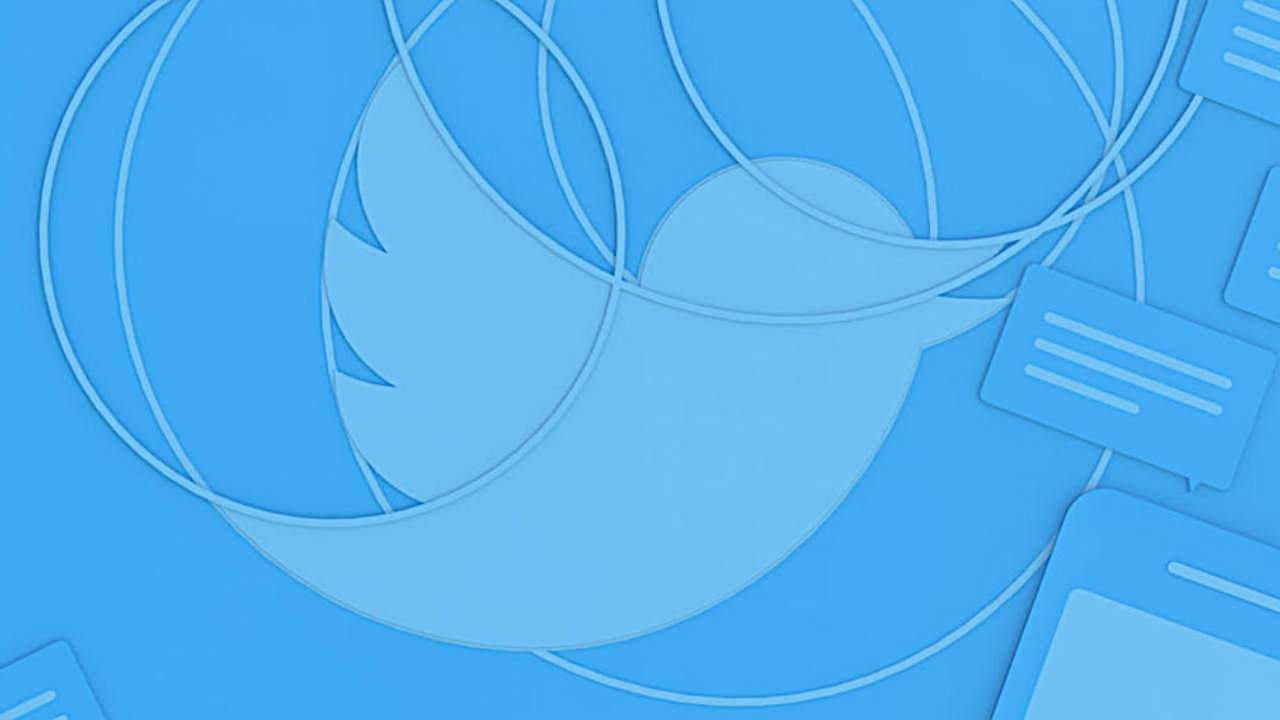
Social media is a powerful tool that allows ordinary people to cover news that traditional outlets do not attack easily. Just like any other tool, however, it can be used at the same time good and bad, the latter spreading a faster misinformation than the actual facts, confirmed. Different platforms have different ways to treat this type of behavior, whether intentional or otherwise, and Twitter now gives its users a bit of this power to report items they might consider as indispensable rather than informative.
On a technical level, this new feature that is tested in some territories is an expansion of the existing Twitter reporting system. It adds a new option “it’s misleading” in addition to spam or harmful content when reporting a tweet. Twitter will also ask the journalist if the subject is linked to politics, health or something else.
Twitter says it’s always an experience, and they should not even act in each report. The system is instead designed to let Twitter know more quickly if there are trends that produce misinformation so as to react faster. In other words, it is both to put both the power and responsibility of policing users the network.
A problem that may arise with this feature is that Twitter does not have exactly difficult rules on what it considers to consider misleading information. Last year or two proved to be proven, both sides of an argument can accuse the other to spread misinformation. In the end, Twitter will be the judge of what is considered a misleading and who is not, with users who simply provide measures on fast-growing trends.
Of course, everyone will not agree with Twitter’s rules anyway, which reports even more vague. The ability to report deceptive tweets is available for some people in the United States, Australia and South Korea, but it remains to be seen how long the duration of the experience will last or if it will even become a standard Twitter feature.


![How To Fix Error [pii_email_4a54df77285983c5da74] Instant Solved](https://justsbuzz.com/wp-content/uploads/2021/10/Solved-pii_email_019b690b20082ef76df5-Outlook-Error-1.jpg)
![how to solve [pii_email_cd4b80dbd951adb0d4dd]](https://justsbuzz.com/wp-content/uploads/2021/10/ms-outlook-error-1-780x415.jpg)